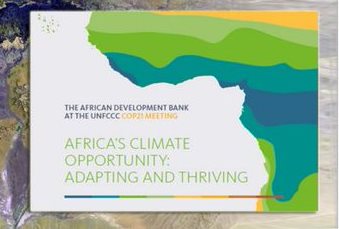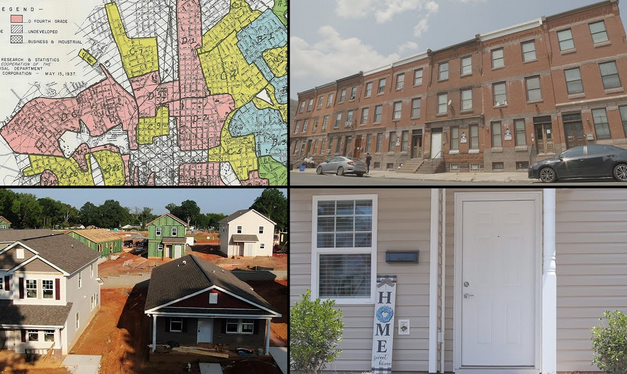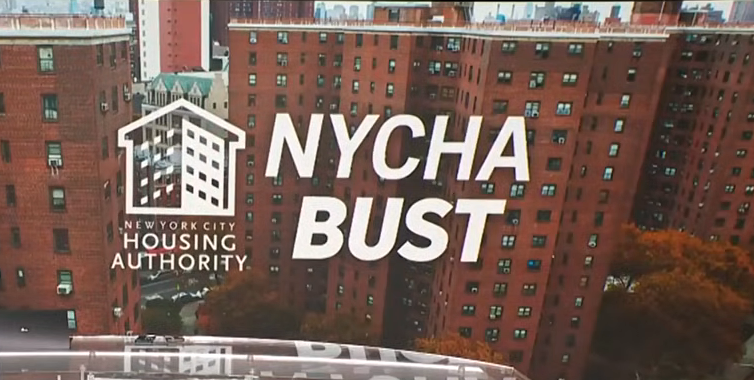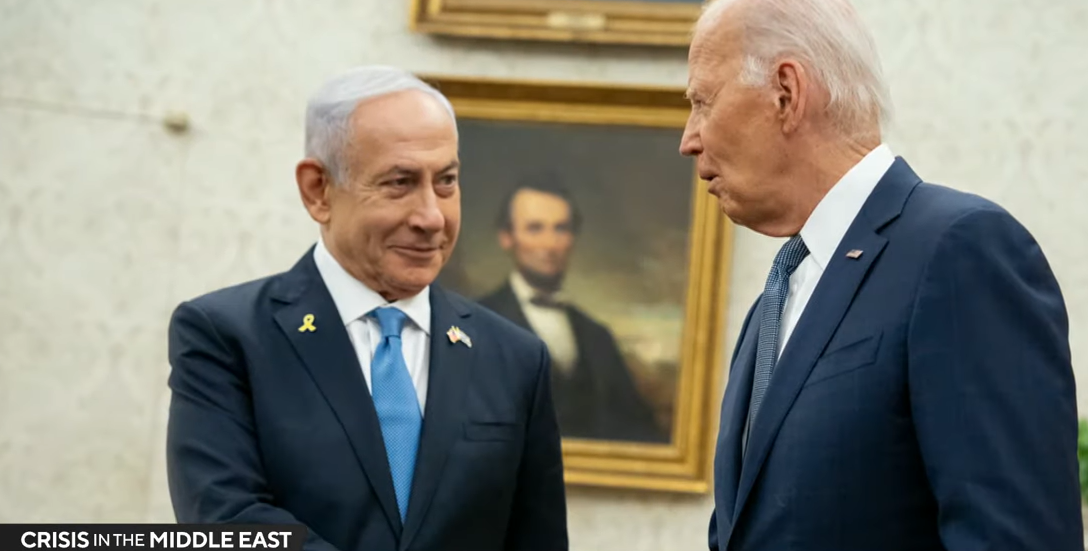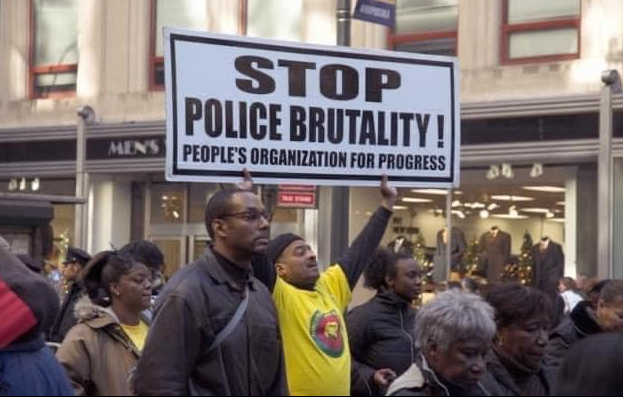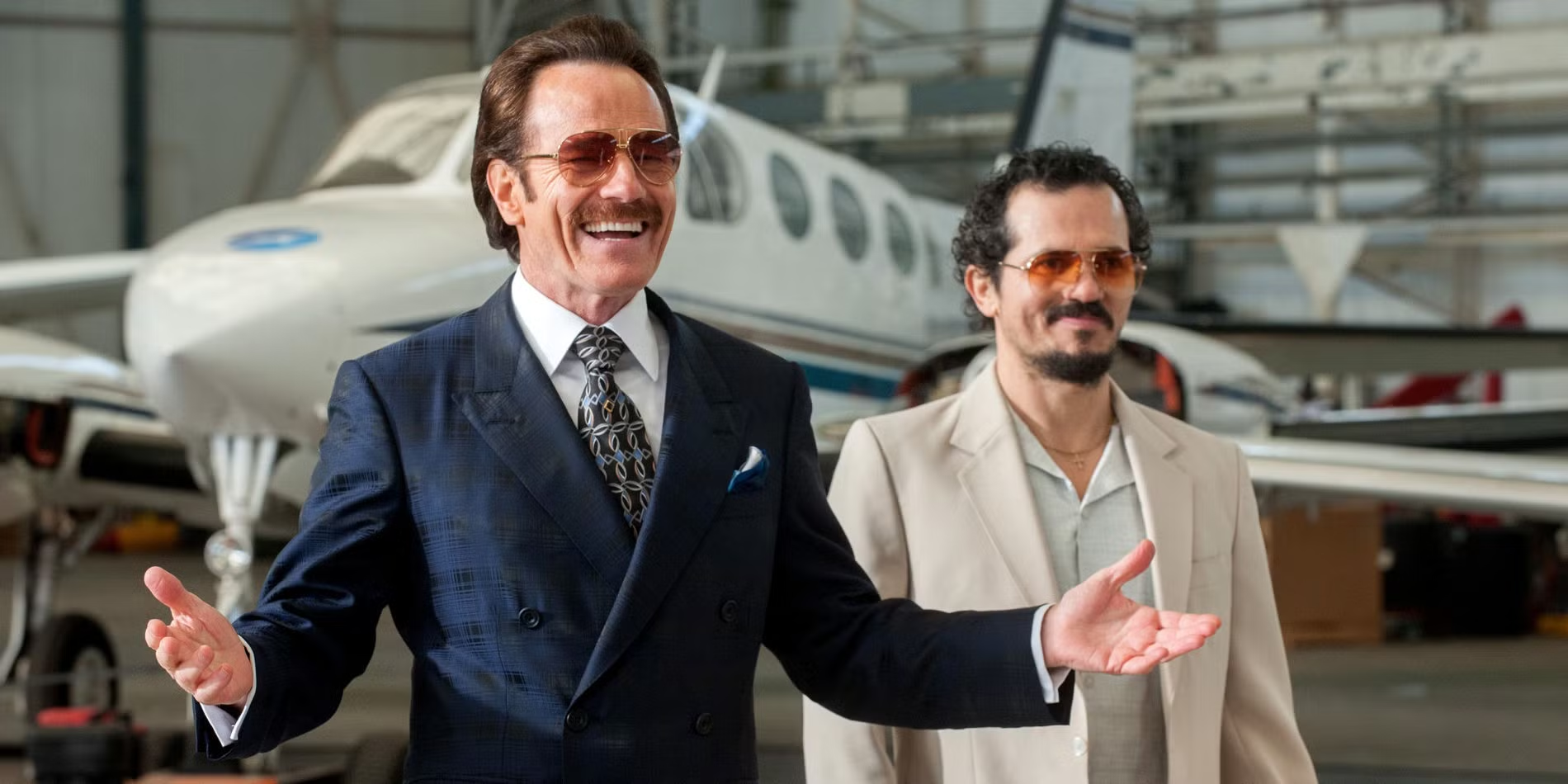Nov. 30 (GIN) “Africans had the least responsibility for putting carbon in the air and yet they’re feeling the brunt of climate change.”
That was the view expressed by World Bank President Jim Yong Kim at the launch of the 21st climate change conference – known as COP21 – opening this week. He added: “We want to make sure Africa is not forgotten at the Paris COP21.”
This week, the Bank unveiled an ambitious Africa Climate Business Plan designed to help poor countries by fast-tracking clean energy, efficient farming and urban protection. The measures promise to greatly increase renewable energy across the continent, bolster food production and lead to the planting of billions of trees.
It is also hoped that the scheme will improve life in cities and reduce poverty, migration and conflict.
The continent of nearly 1 billion people, which emits just 3% of the world’s greenhouse gas emissions, will be affected more than anywhere else by even the smallest rise in global temperatures, said the bank’s president.
“A country like the Democratic Republic of Congo has enormous hydropower possibilities through the Congo River,” he said.
“Our research shows that climate shocks in sub-Saharan Africa could have far-ranging impact on everything from child stunting and malaria to food price increases and droughts,” said Kim.
Even if warming does not exceed 2 centigrade, sub-Saharan Africa can expect large increases in poverty and malnutrition, the bank said in its report. But if temperatures rise 3-4C, which they are on course to do by the end of the century if no action is taken, heat extremes could affect 70%–80% of Africa’s land area in the summer months, and much of southern and central Africa would be at risk of severe drought.
The bank proposes that $500 million be spent to reduce deforestation and increase wildlife protection in 14 countries. It also aims to restore up to 247 million acres of degraded and deforested land by 2030. Much of the money needed would come from carbon funds and initiatives expected to be finalized at the Paris talks.
Another $2.5 billion would be spent in Benin, Burkina Faso, Cameroon, Chad, Ivory Coast, Guinea, Mali, Niger and Nigeria on irrigation, dams, and large-scale flood protection projects, the bank proposes. This, it hopes, could protect and provide electricity to 3 million people.
In the Zambesi basin, countries like Angola, Botswana, Malawi, Mozambique, Namibia, Tanzania, Zambia, and Zimbabwe would share $3.6 billion in investments in hydropower, water transfers, irrigation and flood control.
Nearly $8 billion would be spent on solar energy by 2024, both for cities connected to the grid and off-grid communities, under the terms of the plan.
It could include funds to build concentrated solar power stations, as well as money to expand the growth of mini grids and wind power.
Scientists note that Africa has already been at the receiving end, experiencing droughts, rising sea levels and changing weather patterns linked to El Nino storms from the Pacific Ocean. The waxing and waning of rainfall across sub-Saharan Africa has devastated harvests and led to food shortages.
An additional 43 million people could fall into extreme poverty by 2030 without a reasonable climate plan, warns the Bank. For instance: “Forty per cent of land in Mozambique will no longer be cultivable,” noted Kim.
This blueprint for climate change mitigation -meant to start the day after a Paris climate agreement- would be pricey, namely sixteen billion dollars with the Bank raising about a third of the cost.
The rest of the money would have to be levied from various climate finance instruments, or loans that could increase Africa’s debt. Feedback from African environmentalists was not immediately available at press time.
Meanwhile, hundreds of thousands of people marched worldwide this weekend demanding action to stop climate change, the day before a UN summit starts in Paris.
One campaign group said more than 570,000 protesters took part in marches on all the main continents.
The conference opens Nov. 30 and runs until Dec. 11.


